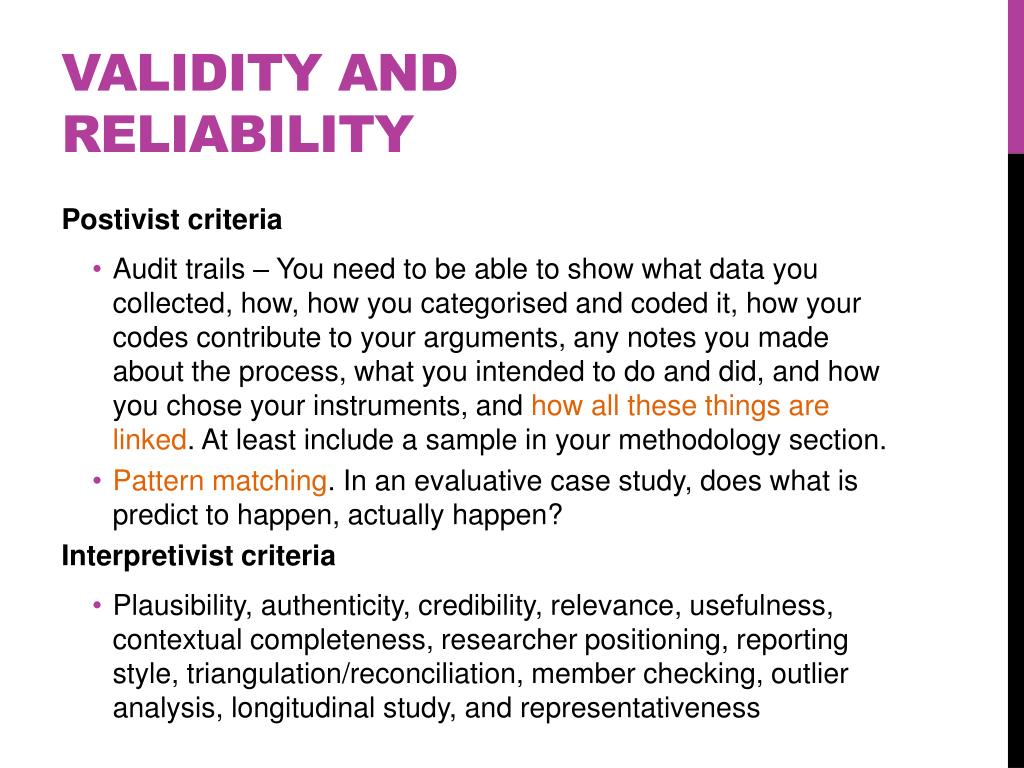

Parallel forms assists in correlational research between two equal versions of the test. Then they proceed to calculate how much their conclusions and results correlate with one another’s for a single set of examples in order to determine its accuracy as well as consistency between sets. To measure the inter-rater type of reliability, different scholars conduct the same measurement or observation on similar data samples. The research findings of the comparison indicate the correlation among different sets of outcomes which means the test which you have to perform has high inter-rater reliability. After completion of the assessment of the wound by all members of the research team, compare results. In addition to this, the research team has also established a specific standard or criterion for analyzing the different aspects of wounds. Researchers use a rating scale for measuring the different phases of the healing wound. Researchers mainly utilize it for measuring the extent up to which there is mutual consent between people serving similar things.įor example, the research team in a hospital analysis wound healing inpatient. It is a measure of the quality of observational data and is important in research, especially before drawing conclusions about whether a particular thing caused some effect on an outcome. Inter-rater reliability is the degree to which two or more raters agree on the assessment of an individual’s behavior. It is also known as interobserver reliability.

Validity in Research Inter-rater reliability You can measure test-retest reliability by conducting a precise test on the same group of individuals at two different times and calculating the correlation between the two sets of findings. Therefore the test-retest of the Questionnaire which you have a design for judging the IQ level of the student is less reliable How to measure it But there is great variation in the outcome of the test.


The teacher conducts the two tests but at different times on the same group of students. You can utilize it for measuring the stability in outcomes in the case when you perform a similar test on the same sample but at different times.įor example, while preparing a questionnaire for measuring the IQ level of students. This is best used with something that can be expected to stay constant, such as intelligence or personality traits. The test-retest reliability allows for the consistency of results when you repeat a test on your sample at different points in time. There are four main types of reliability that can be estimated by comparing different sets of results produced by the same method.


 0 kommentar(er)
0 kommentar(er)
